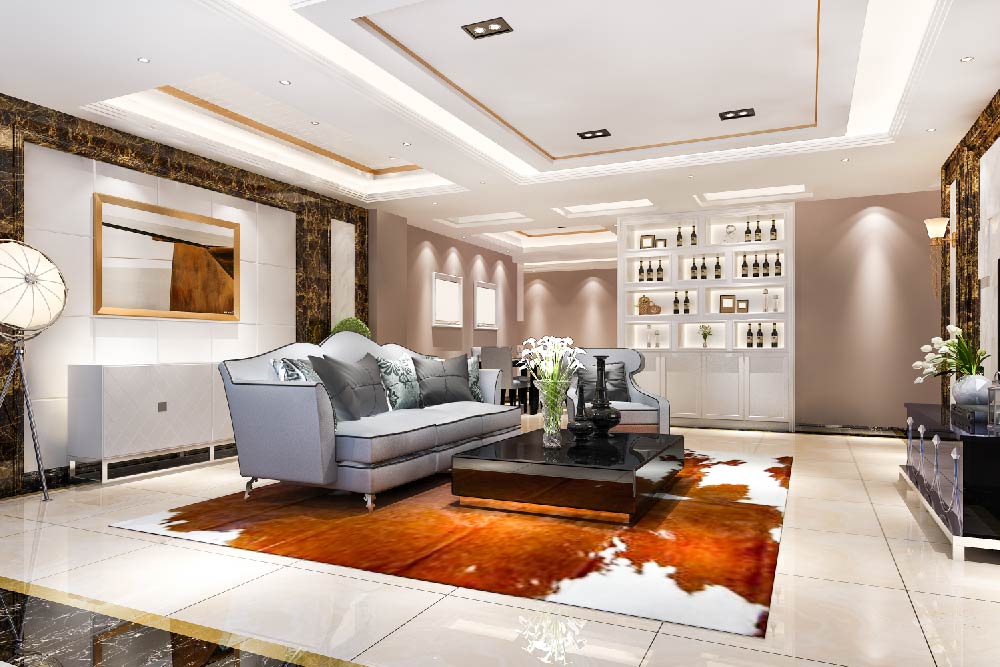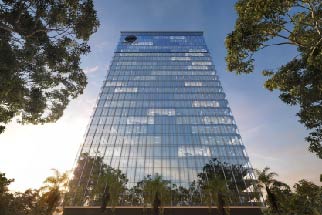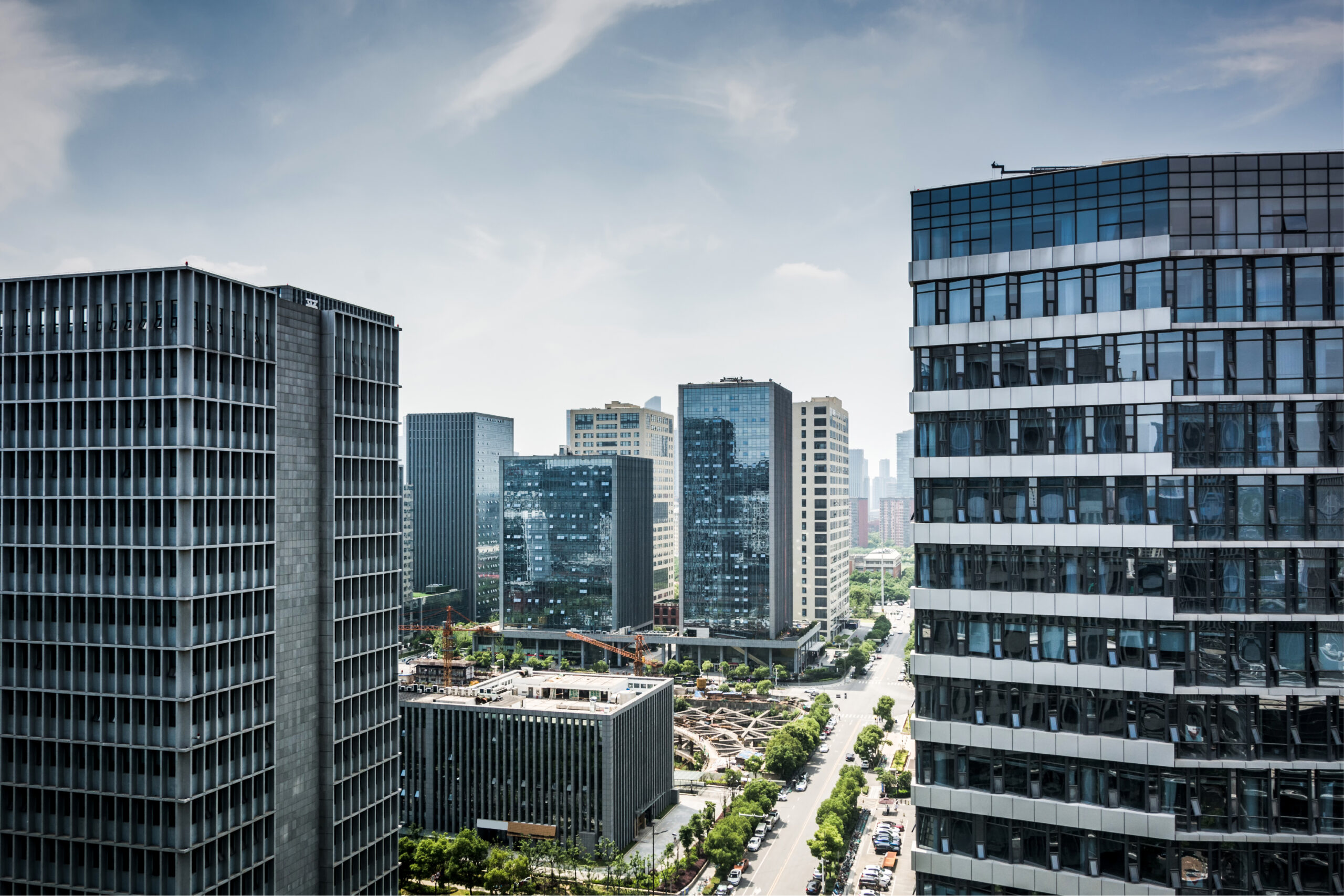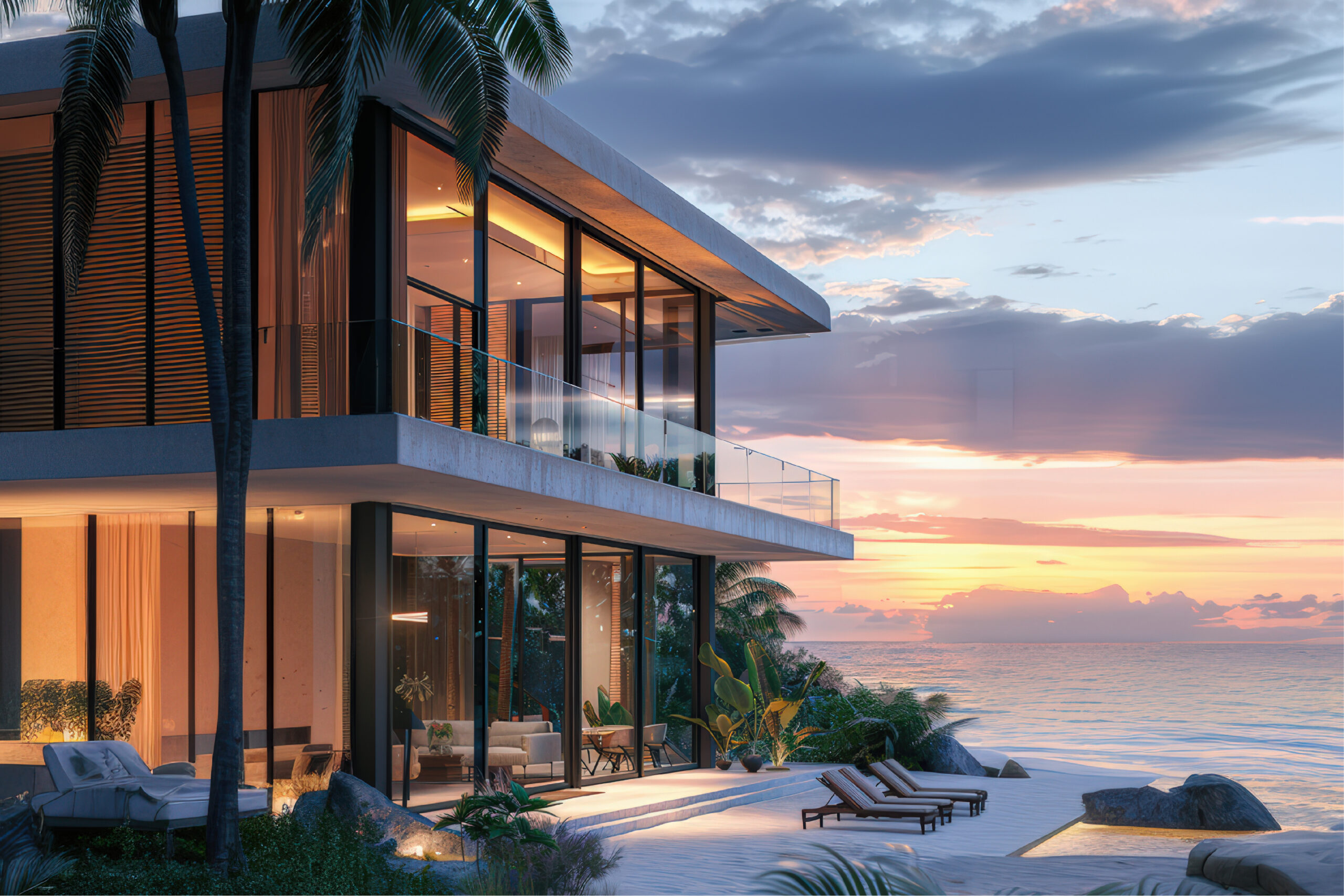
India’s luxury residential market is undergoing a quiet transformation. Beyond aesthetics and prime addresses, homebuyers today are placing increasing value on identity, trust, and differentiated experiences. This shift is opening up space for branded residences, homes developed in collaboration with global names in hospitality, fashion, and design.
Branded residences are beginning to resonate with a growing base of affluent buyers who seek more than conventional luxury. As expectations evolve and emerging markets gain prominence, these projects are steadily making their way into mainstream investment conversations.
The question now is whether India’s evolving market conditions can support a larger branded residential footprint? The answer lies in the numbers, the evolving buyer mindset, and the cities reshaping the future of premium living.
India’s Accelerating Luxury Real Estate Market
To understand the rise of branded residences, we must first look at the overall trajectory of the luxury residential market. According to Mordor Intelligence, India’s luxury residential real estate market is expected to grow from USD 44.11 billion in 2025 to USD 118.30 billion by 2030, at a CAGR of 21.81% during this period.
This growth isn’t just about market size, it reflects a steady shift in buyer confidence. India’s expanding economy, rising incomes, and greater financial awareness are contributing to stronger demand in the premium housing segment. Luxury today is no longer limited to inherited wealth. Luxury buyers include first-generation entrepreneurs, professionals, and investors who are more attuned to global design, service, and lifestyle benchmarks. As this base grows, so does interest in luxury real estate and branded residences.
Luxury Home Sales and the Shift Towards Branded Living
The appetite for homeownership, particularly in the upper-mid and luxury categories, has seen a remarkable shift. In 2024, India witnessed record-high residential sales of 302,867 units, an 11% year-on-year increase. Average annual sales during 2022–2024 surpassed pre-pandemic (2010–2019) averages by 63%, underscoring a permanent behavioural change in the housing market (JLL).
Bengaluru, Mumbai, and Pune led the market, accounting for 62% of annual sales across the top seven cities. This performance highlights not just volume, but rising confidence in premium segments, even amid sustained price appreciation.
As more buyers prioritise design, privacy, and service-backed living, the jump to branded residences becomes a natural progression. The growing comfort with premium pricing is further opening the door for branded residences.
Branded Living: Why It’s More Than Just a Name
This surge in luxury demand isn’t just about size or square footage. Today’s affluent homebuyer seeks experiences that blend design, service, and investment value. Branded residences deliver on all three fronts, offering globally curated aesthetics, hospitality-grade amenities, and the trust that comes with established names.
For developers, these partnerships elevate brand equity and differentiation. For buyers, they provide:
- Assurance of quality and service
- Global design and lifestyle sensibilities
- Limited inventory and curated communities
- Stronger resale value and long-term asset credibility
As demand shifts toward long-term liveability and legacy asset creation, branded residences are emerging as a new language of premium real estate. This shift is being strongly reinforced by one of the most significant drivers of change in Indian real estate, the expansion of individual wealth.
India’s Growing Wealth Base and the Future of Branded Real Estate
The demand for branded residences is closely tied to the rise of India’s affluent population. According to the Knight Frank Wealth Report 2024, the number of ultra-high-net-worth individuals (UHNIs), those with a net worth of USD 30 million or more, is projected to grow by 50%, reaching nearly 20,000 individuals by 2028 (Knight Frank). For this segment, real estate is not merely a purchase, it’s a portfolio decision. A branded residence appeals because it combines three key dimensions that they increasingly prioritise:
- Trust in global names
- A consistent experience standard
- Future asset appreciation
This shift is further reinforced by projections from NAREDCO and Housing.com, which estimate that India’s branded residences segment will touch USD 5 billion by 2025 (NAREDCO). The segment’s expansion has been driven not just by rising disposable incomes but by the growing aspirational appeal of globally branded homes, offering a combination of design, trust, and legacy that traditional luxury formats often lack. Notably, this demand is no longer limited to metro cities alone, with emerging markets steadily becoming hotspots for brand-aligned living.
Why Emerging Markets Are Now in Focus
While Mumbai and Delhi continue to dominate luxury headlines, it is India’s emerging markets that are fuelling the next wave of growth. Cities like Pune, Hyderabad, and Ahmedabad are now delivering luxury at global standards, with the infrastructure, talent density, and buyer profiles to support it.
Pune, in particular, has become a hub for branded homes. Projects such as Trump Towers Pune, YOO Pune, YOO Villas, and FashionTV-branded residences have already proven the city’s readiness for design-led global partnerships. With improved connectivity, rising launch volumes, and a more discerning luxury buyer base, cities like Pune are offering the perfect intersection of aspiration and affordability.
India’s luxury real estate story is entering a new phase, defined by maturity, investor confidence, and global alignment. And as India continues to grow in affluence and urban sophistication, branded residences are set to become a defining feature of the next wave of luxury living.
At SQUAREA, we specialise in helping investors and end-users access India’s most iconic branded residences. Whether you’re seeking a globally designed home, a strategic long-term asset, or a lifestyle that reflects your achievements, our team is here to guide you with detailed market insights.
You can connect with us at hello@squarea.io or call +91 90 9641 9641 to explore exclusive opportunities in India’s evolving luxury real estate landscape.




